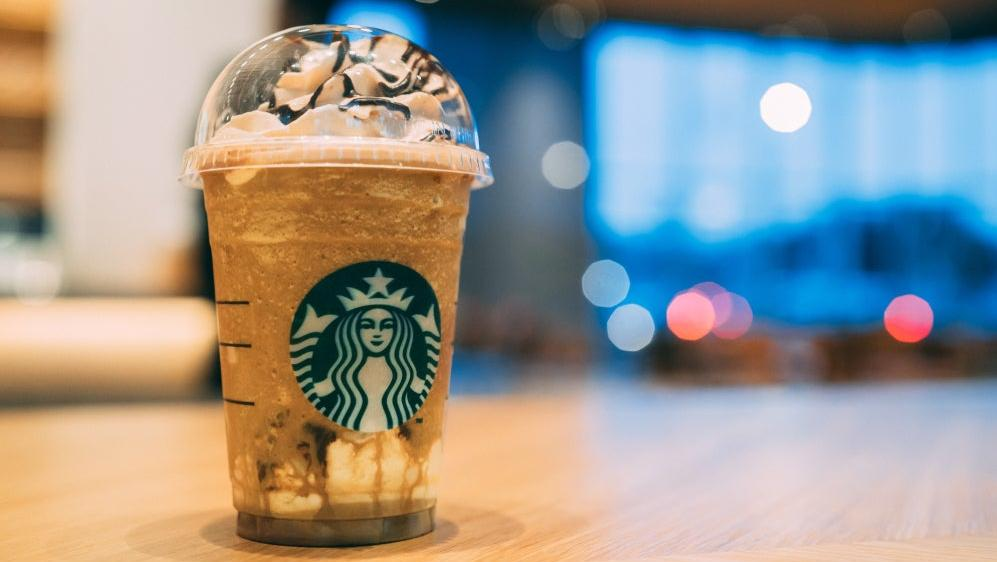Starbucks Has A (Desperate) Need For Speed
America's favorite coffee chain takes too long to process each order. Here's how it will get faster.
On season two of The Bear, Chef Carmy and his crew are seen zooming around an imaginary, yet-to-be-built restaurant kitchen, timing themselves with a stopwatch as they pantomime cooking at the range and transferring pans to the plating station. They're trying to figure out where to place every element of the operation (the ovens, the prep tables) and it all comes down to how many seconds each placement will shave off the total cooking time. If that seemed like the heightened drama of a TV show, it's not: Starbucks is currently looking into similarly time-saving tweaks, and finding the right ones could translate to millions in revenue.
Bloomberg reports that wait time, not cost, is the number-one gripe among Starbucks customers today, and Starbucks is spending billions on solutions that might save precious seconds on each order. To be clear, it's not that the baristas themselves are performing the work slowly; indeed, considering the literal billions of possible drink combinations (which Bloomberg illustrates in a massive chart), it's amazing they can churn out our drinks as quickly as they do. Rather, it's the layout of the equipment needed to make each drink, and the fact that various steps in the process require too much travel up and down the coffee bar.
How Starbucks locations are changing to speed up orders
The changes so far have been subtle. Starbucks' recent switch to so-called pebble ice in certain cold drinks not only gives people something to crunch on, but the smaller pieces are easier and, in theory, faster to scoop into a drink cup, shortening prep time. Additionally, since last year, Starbucks has been in the process of standardizing a new layout called the Siren System. This setup shaves off additional seconds by situating all the elements of the most popular drinks next to each other, and eliminating the need to grab jugs of milk from the fridge or stretch to reach for syrup pumps—the latter are placed close at hand, while the former is dispensed directly with the press of a button.
Though the tweaks might seem minute, Bloomberg notes that "serving just five extra customers a day in every store could boost annual revenue by more than $900 million." And of course, the Starbucks C-suite has a warmer, fuzzier explanation for how this breakneck speed benefits everyone: it allows more time for connection between barista and customer. (We're not sure about that, but we do know how not to be an asshole at the counter.)
Automation will also speed things up. As Morning Brew notes, the patents filed by Starbucks earlier this year for an automated drink machine could potentially allow for additional orders to be fulfilled in the same amount of time by shifting some of the active prep work off of bustling baristas. Yet there's no word on the status of said patents, and the Siren System won't be fully rolled out for years to come (Bloomberg notes that Starbucks expects 40% of its locations to implement it by 2026).
As competition heats up across the fast food industry to gain market share and provide value to inflation-strapped customers, speed will become as much a key differentiator as any limited-time menu item. Popeyes is investing huge money in redesigning its kitchens to fulfill more chicken sandwich orders, and other chains are outfitting their restaurants with smart technology that cuts down on order processing time by eliminating the pesky human element altogether. This isn't necessarily because customers have become more demanding as they've come to expect lightning-fast order fulfillment. It's that restaurants see the profit potential in drumming up demand for food served so quickly that you'll barely have to think about placing an order in the first place.
